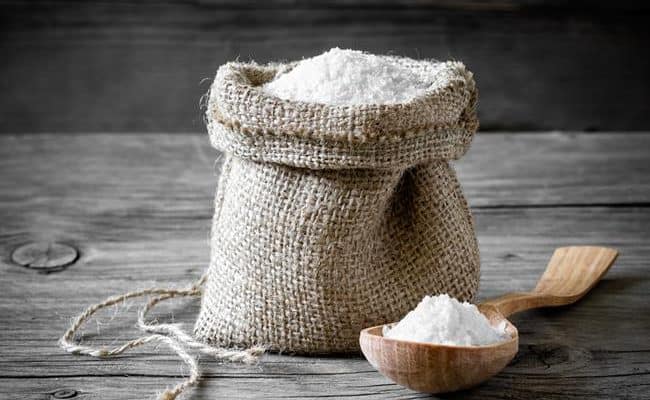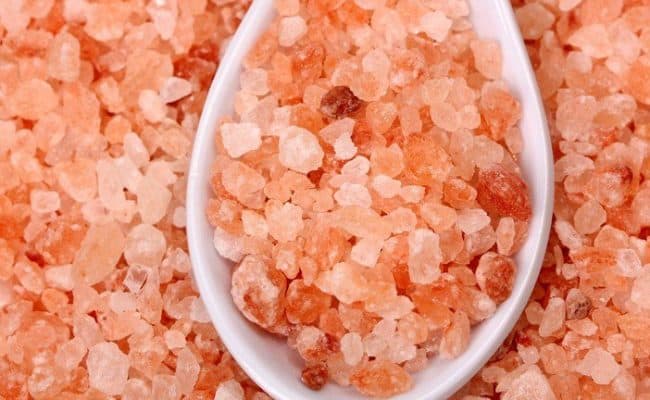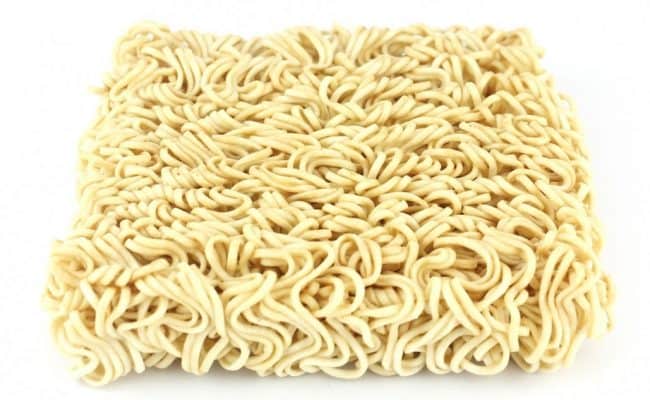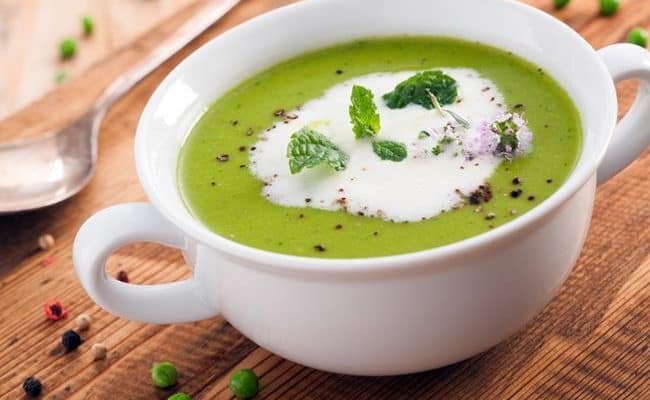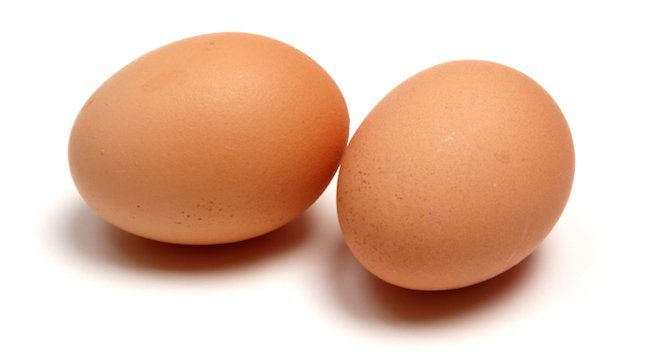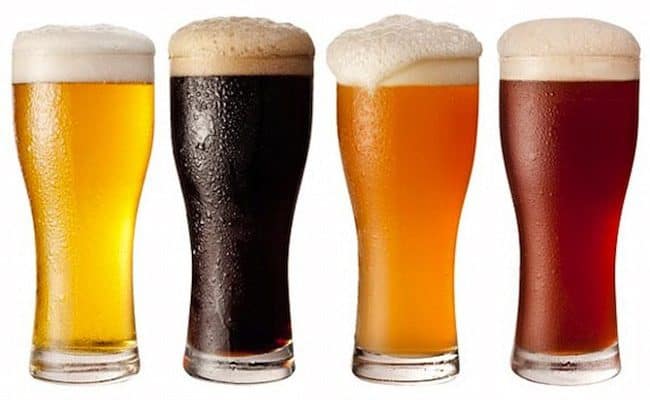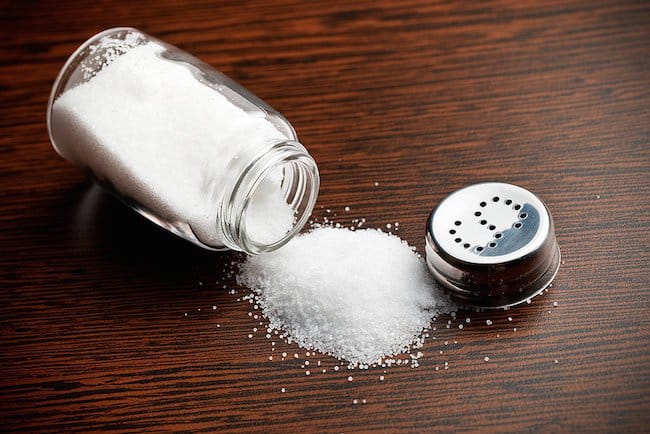
Most Americans get too much sodium in the diet, about twice the amount that is recommended. The Centers for Disease Control and Prevention (CDC) recommends 1,500 mg of sodium per day and not to go over 2,300 mg.
An upper level for any micronutrient is the maximum level that should be taken in every day to avoid adverse health effects. However, most Americans over the age of 2 years old intake about 3,500 mg of sodium per day, well above the upper limit.
Going through weight loss does not really change your sodium needs; if anything it just means you should watch your sodium level so you don’t get too much. People trying to lose weight should aim on the lower end of sodium intake at 1,500 mg per day. Getting too much sodium can cause bloating and excess water weight which is not what you want when trying to lose weight.
What does sodium do in the body?
Sodium is needed for fluid balance in the body. It is one of the main ions (charged atom) in the extracellular space. Sodium is also needed for proper muscle contraction and sending nerve signals. According to the CDC, we only need a small amount of sodium for the body to function properly- a mere 180-500mg per day.
What happens when sodium levels are too high?
Research suggests there is a dose dependent effect of sodium and risk for high blood pressure. Blood pressure is basically a measure of how hard the heart is working, and high blood pressure increases risk for cardiovascular disease.
When sodium levels are high the body can also retain excess water. Since sodium is one of the main ions in extracellular space, when it is elevated in the body more fluid is pulled into the blood and other parts of the body. This can increase water weight and may make you feel bloated. (See also: How to lose water weight)
How can you cut down dietary sodium?
If you’re trying to lose weight, it may be a good idea to try to cut out excess sodium. Foods that are high in sodium include processed foods. Anything that comes in a bag, box, can or other pre-packaged container will most likely have a significant amount of sodium.
For example, a serving of canned soup can have around 500-750mg or higher of sodium just in 1 serving. That’s about 1/3 of the daily requirement for 1,500 mg of sodium per day just in that small serving.
Limiting processed foods can drastically reduce dietary sodium intake. Another major source of sodium in a typical Western diet is restaurant food. Fast food especially is notorious for being high in sodium. It’s not uncommon for some restaurant meals to have 1,000-2,000 mg of sodium in one large meal.
Before heading out to eat somewhere, check the nutritional information for over all calories, but also sodium levels. When cooking at home, limit the amount of salt you add during cooking.
What can help lower sodium levels?
Whether for weight loss or other health reasons, cutting excess sodium can be beneficial. Besides limiting processed foods high in sodium, eating foods high in potassium can help lower blood pressure and lose excess water weight.
Adults need about 4,700 mg of potassium a day, but most Americans don’t reach this amount. Potassium is another ion that is involved with fluid balance, muscle contraction and nerve signaling.
Potassium is one of the main ions inside cells. Eating more foods high in potassium can help shift water balance from extracellular spaces, having the opposite effect that sodium has. Eating foods high in potassium along with lowering sodium levels could help with weight loss and bloating.
Foods high in potassium include fruits, vegetables, dairy, meats and beans. Eating fresh, whole foods instead of packaged foods will naturally increase potassium intake and lower sodium intake. Fresh, whole foods are usually naturally lower in calories, higher in fiber and other nutrients which is beneficial for weight loss.
Conclusion
Sodium is an important nutrient involved with fluid balance and muscle contraction. Most people get too much sodium because typical Western diets are high in processed foods. Too much sodium can increase blood pressure and increase excess water weight.
During weight loss, aiming for 1,500 mg of sodium per day can be beneficial. In order to cut sodium, limit processed foods and foods from restaurants. Increasing potassium rich foods can be beneficial for limiting water weight and bloating.
If someone already has high blood pressure or other chronic diseases, aiming for 1,500 mg instead of 2,300 mg is also recommended.
Switching to fresh, whole foods instead of processed of foods will not only save calories and have higher nutritional value, but this will also naturally lower sodium intake and increase potassium.
References used in this article
